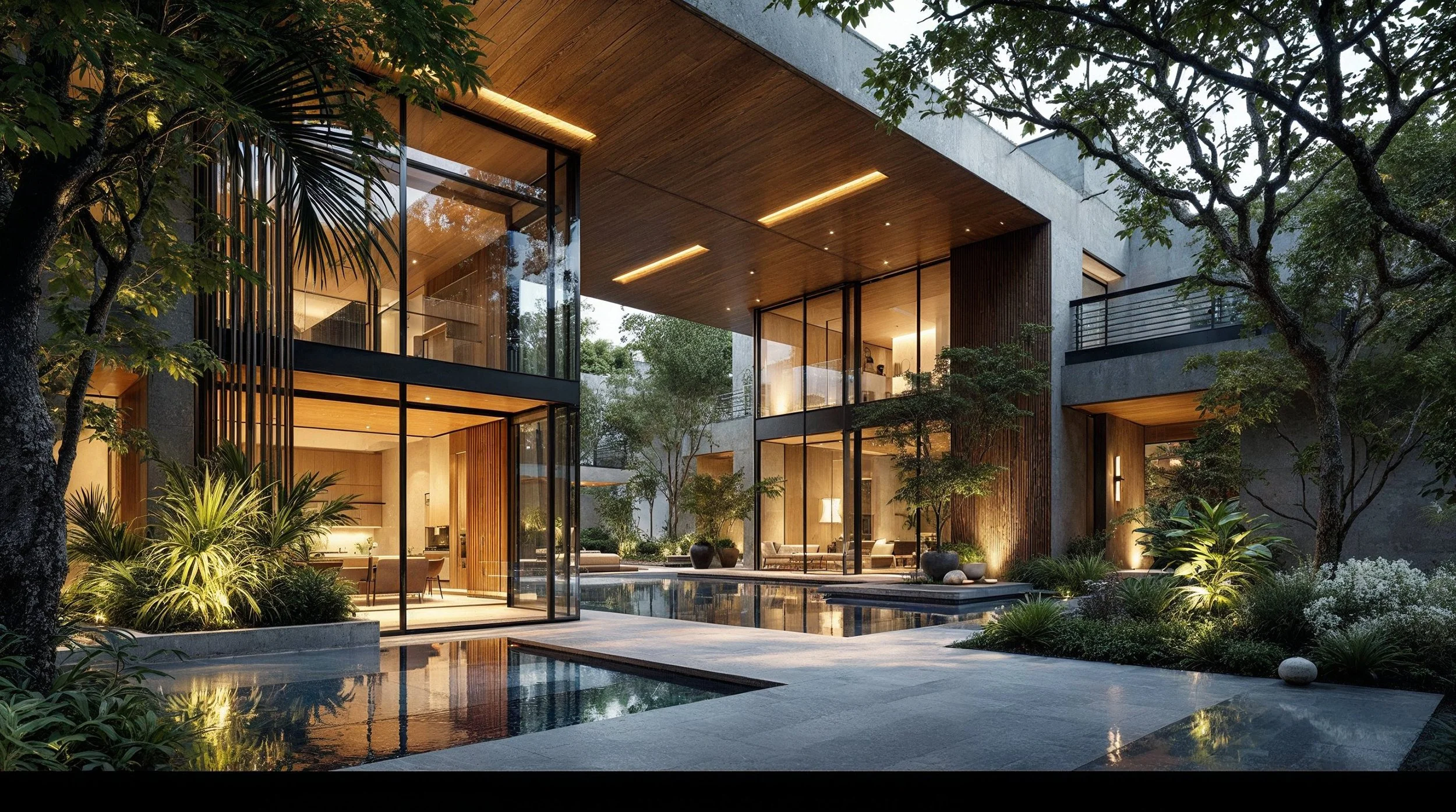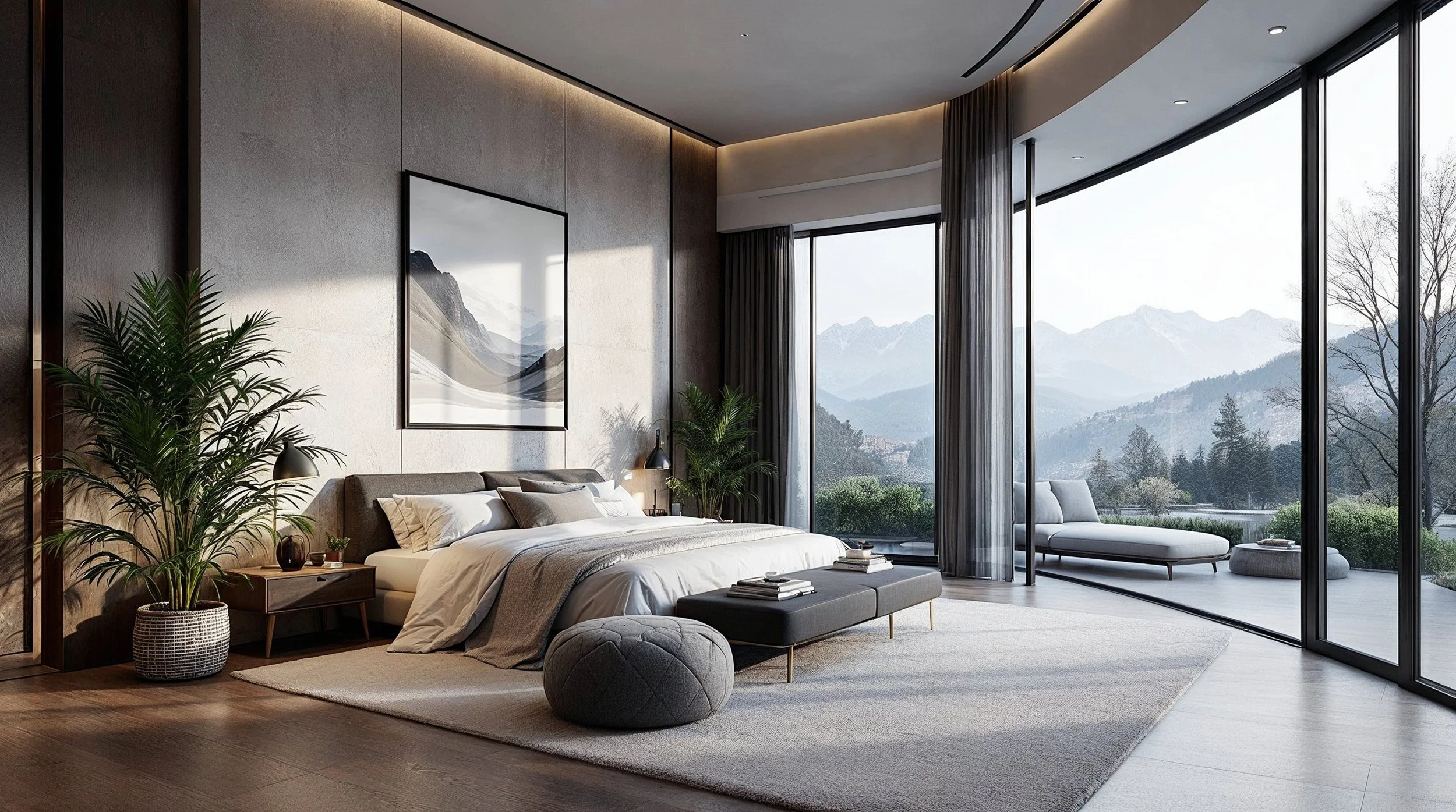Tips and Tricks to Make an Architectural Rendering Look Photorealistic
Tips and Tricks to Make an Architectural Rendering Look Photorealistic
Photorealistic architectural rendering is both an art and a science. When done well, it blurs the line between digital creation and reality, helping clients envision designs in real-world contexts. Whether you are using SketchUp with V-Ray, Blender, 3ds Max, or another platform, the following tips can help elevate your renderings to a truly lifelike standard.
1. Use High-Quality Models and Textures
Photorealism starts with detail. It is crucial to use high-resolution textures (at least 2K or 4K) for materials like wood, metal, concrete, and fabric. These, when combined with proper bump, displacement, and normal maps, add depth and realism to surfaces. Avoid flat or repetitive patterns. For furniture, lighting fixtures, and décor, it is a wise investment to opt for professionally modeled 3D assets with realistic proportions and details.
2. Master Lighting
Lighting is the cornerstone of photorealistic rendering. Mimic real-world lighting by using High Dynamic Range Images (HDRIs) for environmental lighting, which offers natural reflections and realistic shadows. Combine this with physically accurate artificial lights—adjust intensity, color temperature, and decay to reflect how light behaves in the real world. Avoid overexposing or underexposing your scene.
3. Pay Attention to Composition and Camera Settings
Treat your render like a photograph. Use real-world camera settings: focal length, exposure, depth of field, and aperture. A 35mm or 50mm lens often works well for interiors. Depth of field can subtly guide the viewer's eye and add realism. Compose shots thoughtfully, using the rule of thirds, leading lines, and balanced framing.
4. Add Imperfections
Real life is not perfect. Introducing subtle imperfections, such as smudges, fingerprints, dirt, wear and tear, and slight object misalignments, can break the "CGI" look. Imperfect reflections, uneven vegetation, or slightly wrinkled fabrics help sell the illusion.
5. Post-Processing Magic
Post-production in Photoshop or similar tools is a crucial step that can make a huge difference in achieving photorealism. Adjust contrast, color grading, and sharpness. Add bloom, glare, lens distortion, or chromatic aberration for extra realism. However, be subtle—over-processing can hurt rather than help.
6. Populate with Life
Empty renders feel sterile. Add people, plants, cars, books, or personal items to make a space feel inhabited. Use realistic 3D people or carefully composited 2D cutouts. Be mindful of scale, shadows, and interactions with light.
In summary, photorealistic architectural rendering demands technical skill, artistic judgment, and attention to detail. When you blend precision with creativity, your designs will not just look real—they will feel real.



